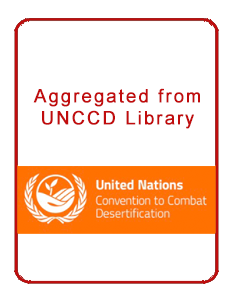State of Land in the Mekong Region
The Mekong region – Cambodia, Lao PDR, Myanmar, Thailand, and Vietnam – is in the midst of profound social and environmental change. Despite rapid urbanization, the region remains predominantly rural. More than 60 per cent of its population live in rural areas, and the vast majority of these people are engaged in agriculture. Due to rapid growth of its agricultural sector, the Mekong region has become a global centre of production and trade for commodities such as rubber, rice, cassava, wood, sugar cane, and palm oil.


